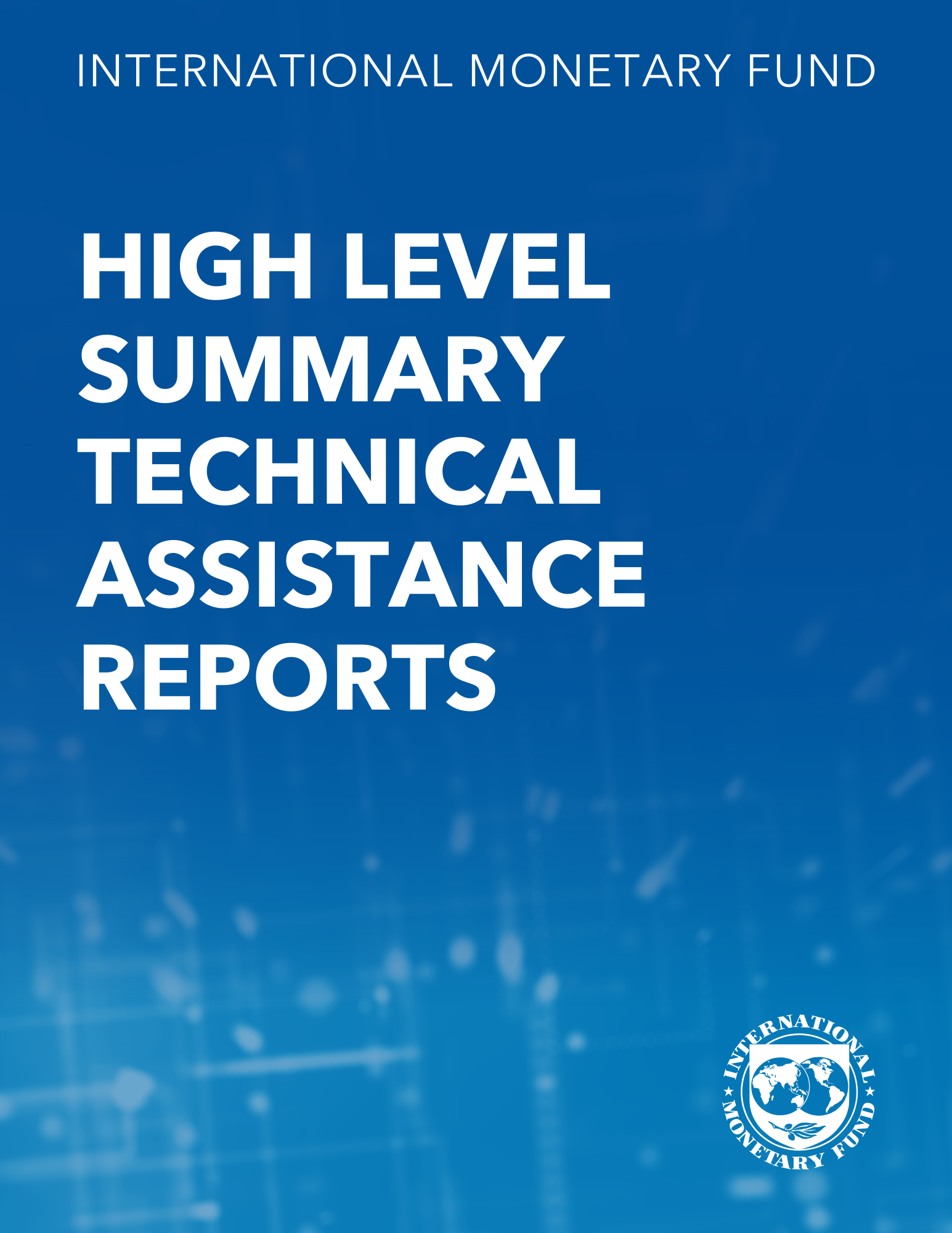How do International Financial Flows to Developing Countries Respond to Natural Disasters?
July 1, 2010
Disclaimer: This Working Paper should not be reported as representing the views of the IMF.The views expressed in this Working Paper are those of the author(s) and do not necessarily represent those of the IMF or IMF policy. Working Papers describe research in progress by the author(s) and are published to elicit comments and to further debate
Summary
This paper uses multivariate dynamic panel analysis to examine the response of international financial flows to natural disasters. The models estimated for a large sample of developing countries point to differentiated responses of specific types of financial flows. The results show that remittance inflows increase significantly in response to shocks to both climatic and geological disasters. The models suggest a nuanced role for foreign aid. While the responses of aid flows to natural disaster shocks in general tend not to be statistically significant, international assistance to low income countries increases following geological disaster shocks. Furthermore, the results show that typically, other private capital flows (bank lending and equity) do not attenuate the effects of disasters and in some specifications, even amplify the negative economic effects of these events. The conclusions of the paper have implications for capital/financial account management policies. In particular, countries should take their vulnerability to natural disasters into account when considering the costs and benefits of the liberalization of private capital flows.
Subject: Capital flows, Foreign aid, Natural disasters, Real exchange rates, Remittances
Keywords: capital flow, exchange rate, real interest rate, WP
Pages:
34
Volume:
2010
DOI:
Issue:
166
Series:
Working Paper No. 2010/166
Stock No:
WPIEA2010166
ISBN:
9781455201778
ISSN:
1018-5941






